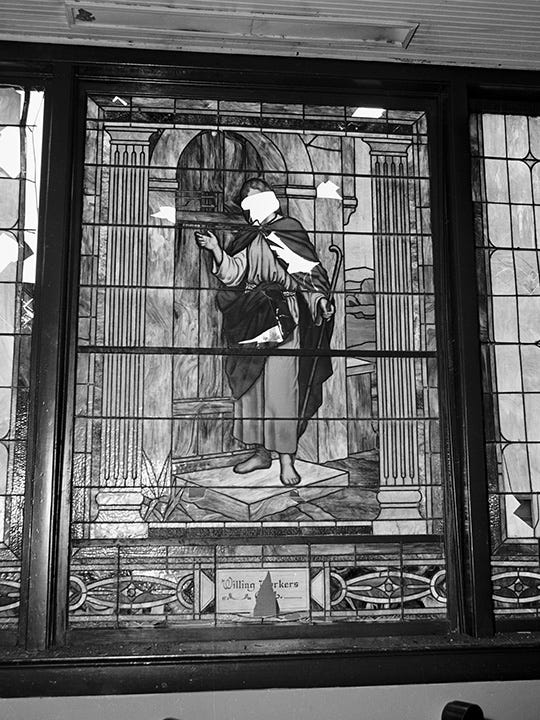Before the massacre of Emanuel African Methodist Episcopal Church in Charleston, South Carolina and the shooting of the First Baptist Church in Sutherland Springs, Texas. There was the bombing at Sixteen Street Baptist Church in Birmingham, Alabama.
It was Youth Sunday. September 15th, 1963. That morning would not be marked by the sounds of praise and worship but rather peril and worry. Just before service was about to begin, a bomb that had been buried under the steps of the church exploded, shaking the core of the church and congregation. Through the shattered glass and raddled pieces of cement and falling debris, four little girls were murdered; 14-year-olds Addie Mae Collins, Denise McNair, Carole Robertson, and 11-year-old Cynthia Wesley.
Sources say nearly 400 people were inside when the bomb went off. The four little girls were found in what remained of the church basement. They had been planning on participating in youth Sunday activities such as ushering and singing in the youth choir. In addition to the four girls, as riots broke out, two young Black boys, 13-year-old Virgil Ware and 16-year-old Johnny Robinson were shot to death as well.
One of the darkest moments in Civil Rights history, this year marks fifty-eight years since the tragic events of that Sunday. Today, the church has been refurbished and has become an historic landmark but that still does not negate the haunting memories of the screams, cries, and lost lives of that day.
Before, during, and long after the Civil Rights movement, the church was a meeting space for African Americans to seek refuge. Famous Black history scholar Henry Louis Gates Jr. writes in his 2021 work The Black Church: This Is Our Story, This Is Our Song, “there is no question that the Black Church is a parent of the civil rights movement, and today’s Black Lives Matter movement is one of its heirs…the signal aspects of African American culture were planted, watered, given light, and nurtured in the Black Church, out of the reach and away from the watchful eyes of those who would choke the life out of it…The Black Church was the cultural cauldron that Black people created to combat a system designed to crush their spirit.”
This rung true during the fever pitch of the Civil Rights Movement during the 1960’s. Sit-ins, protests, and community awareness meetings, all were held in the safe confines of the church, which unintentionally made it a target by it’s adversaries. Sixteenth Street Baptist Church was, and still is, a cornerstone of the Birmingham community which made the ill-fated bombing much more devastating as there was not one person that did not at least one of the four girls that were killed.
Fifty-eight years later, as America deals with another reckoning of racial consciousness, stories like the Sixteenth Street Baptist Church bombing are important now more than ever. Domestic terroristic acts like bombing have evolved into more fatal acts of violence that will be remembered for generations to come. Still, what begs the question is does the role of the Black church still have a strong enough presence during the Black Lives Matter movement than it did in its predecessor?









